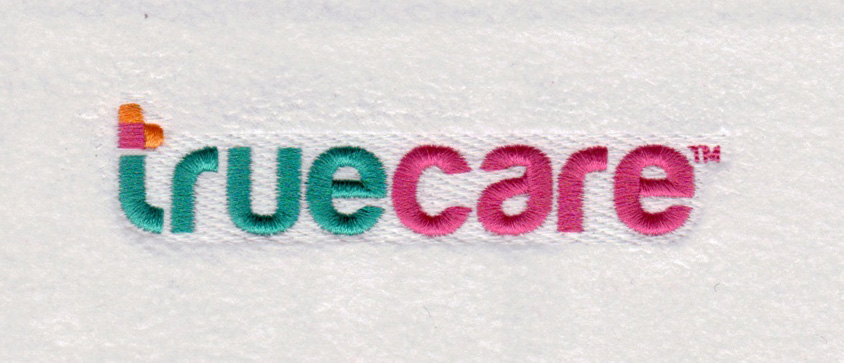Vector Art for Accessibility: Designing Inclusive Graphics
In today's digital age, accessibility in design is a vital consideration. Whether you're creating a website, printed materials, or any form of visual communication, it's essential to ensure that your graphics are inclusive and accessible to all. Vector art, with its scalability and flexibility, plays a crucial role in achieving this goal. In this blog, we'll explore the significance of vector art in accessibility and provide tips on designing inclusive graphics that can reach a broader audience.
The Importance of Inclusive Design
Inclusive design is all about making sure that your content is accessible to people of all abilities, including those with disabilities. It's not just a matter of compliance with legal requirements but a commitment to reaching the widest possible audience. Here are some key reasons why inclusive design matters:
- Wider Reach: Inclusive
design opens the doors to a broader audience, allowing more people to
access and engage with your content. This includes individuals with
disabilities and those using various devices and technologies.
- Legal Compliance: Several
countries have legal frameworks and rules mandating the accessibility of
digital content. Failing to comply can result in legal repercussions.
- Better User Experience:
Inclusive design often leads to a better overall user experience, even for
those without disabilities. Clear, organized content benefits everyone.
- Ethical Considerations: Ensuring that your content is accessible is an ethical choice that promotes equality and respect for all individuals.
The Role of Vector Art in Accessibility
Vector art, created with vector graphic software such as Adobe Illustrator or Inkscape, has several characteristics that make it an ideal choice for accessible design:
- Scalability: Vector graphics are resolution-independent,
allowing them to be resized without losing quality. This is crucial for
accommodating various screen sizes and devices used by individuals with
disabilities.
- Clean Lines and Shapes:
Vector graphics are composed of precise lines and shapes, ensuring clarity
and readability. This is particularly important for those with visual
impairments who may use screen readers or magnification software.
- Color Customization: Vector
graphics often allow for easy color customization. This is essential for
accommodating colorblind individuals or those who prefer high-contrast
color schemes.
- Text Alternatives: Vector
graphics can incorporate text labels, which are vital for accessibility.
Screen readers can interpret these labels to convey information to
individuals with visual impairments.
- Simplicity and Clarity: Vector graphics can be designed to be clean, simple, and clear. This aids in comprehension and navigation, benefiting all users.
Tips for Designing Inclusive Vector Graphics
Now that we understand the importance of inclusive design and the role of vector art, here are some practical tips for creating inclusive vector graphics:
- Provide Text Descriptions:
Ensure that text labels or alt text are added to vector graphics. These
descriptions should convey the essential information contained in the
graphic.
- Use High-Contrast Colors:
Opt for high-contrast color combinations in your vector graphics to
enhance visibility. This is particularly significant for individuals with
low vision.
- Avoid Relying Solely on Color: Never convey crucial information through color alone. Use
additional visual cues, such as patterns, shapes, or labels, to ensure
everyone can understand your graphics.
- Test with Accessibility Tools: Utilize accessibility testing tools and screen readers to evaluate
the accessibility of your vector graphics. This will help you identify any
issues and make necessary adjustments.
- Maintain Clear Typography:
If your vector graphic includes text, make sure the typography is clear,
legible, and adaptable to different text-to-speech technologies.
- Consider Mobile Devices:
Vector graphics must be accessible on mobile devices. Test them on
smartphones and tablets to ensure a seamless experience.
- Offer Alternatives: Provide
alternative versions of graphics or content when necessary. For example,
if a graphic contains complex information, consider offering a simplified
text version.
- Follow Accessibility Standards: Familiarize yourself with accessibility standards and guidelines, such as WCAG (Web Content Accessibility Guidelines), and adhere to them in your vector graphic design.
Conclusion
Vector art
is a powerful tool for creating inclusive and accessible graphics. It provides
the scalability, clarity, and customization options necessary to reach a
diverse audience, including individuals with disabilities. By following
inclusive design principles and considering accessibility at every step of your
design process, you can ensure that your vector graphics are not only visually
appealing but also welcoming to all users, regardless of their abilities or the
technology they use to access your content.



